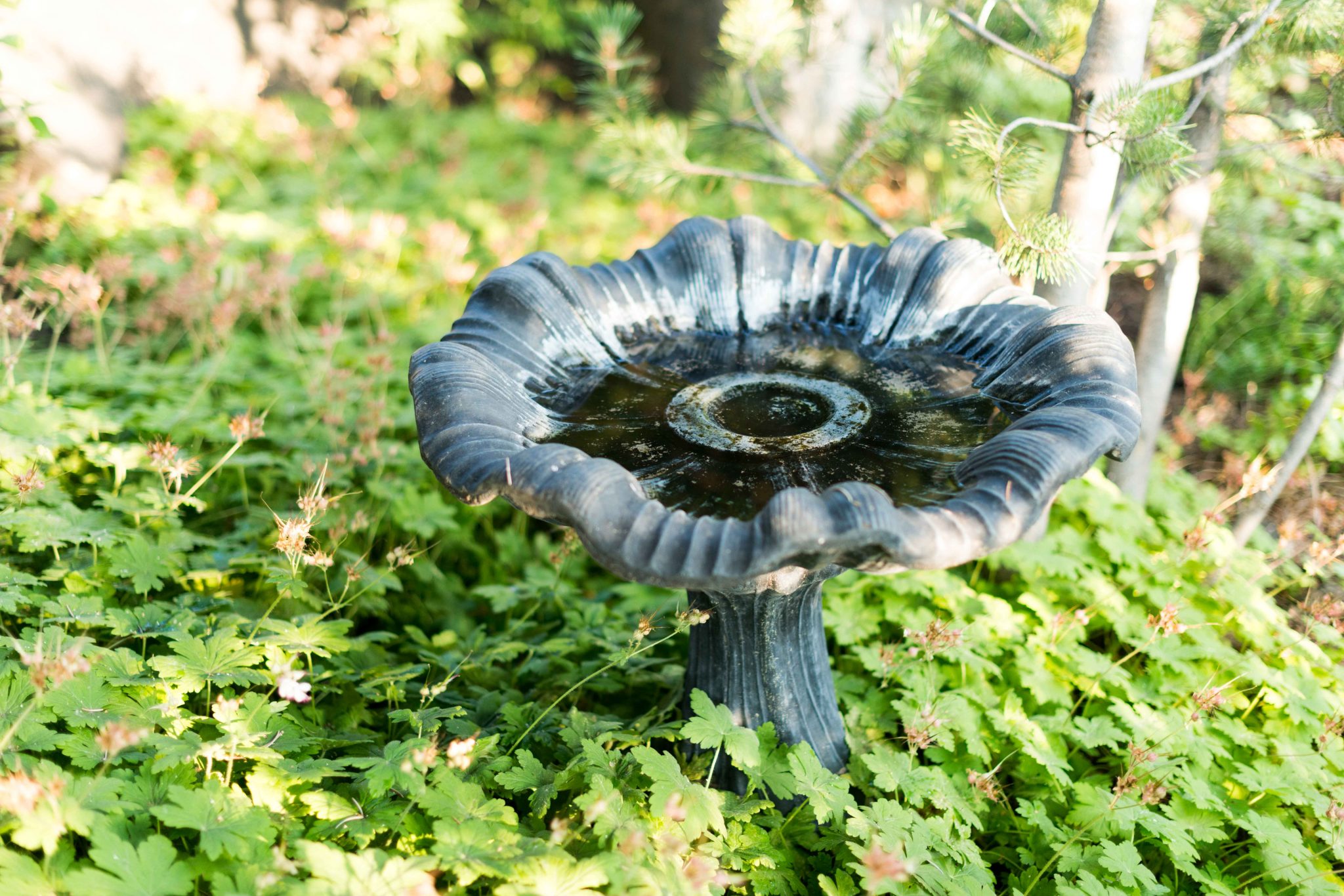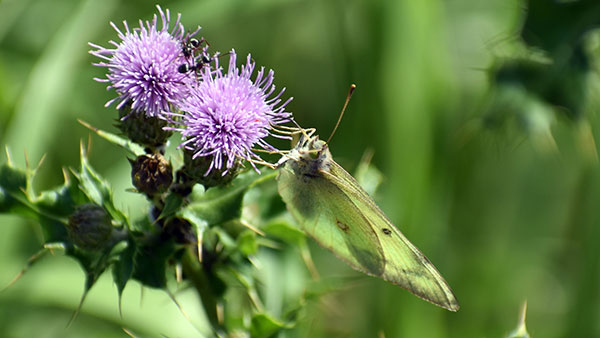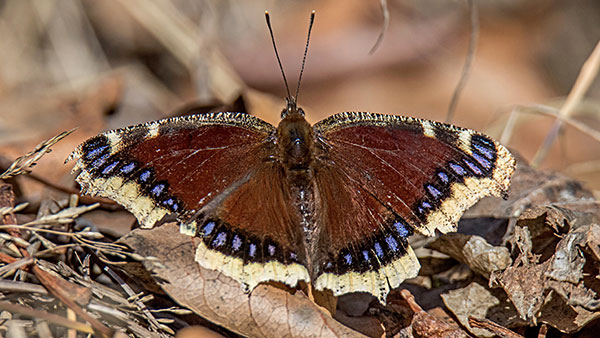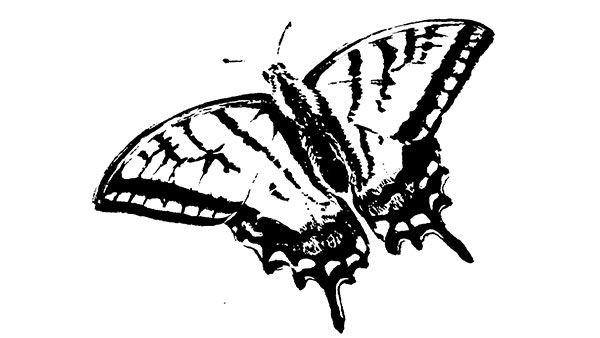All about butterflies
Alberta is home to over 170 different kinds of butterflies.
We are committed to protecting these pollinators and their habitat. By re-introducing native plant species to our parks and green spaces, we are providing homes and food for pollinators, creating habitat for wildlife and reducing the number of invasive plants.
To help pollinators in your community, consider adding native plants to your yard, providing places for butterflies to overwinter and using pollinator-friendly alternatives to pesticides.
Watch for these butterflies in your backyard.
Build a butterfly bath

Many of our native butterflies are known as puddlers. These butterflies feed on salts and minerals from mud puddles and other water sources.
Bee a polli-neighbour and help our local butterflies by adding a butterfly bath to your yard.
Add a layer of sand and course dirt to a shallow bowl and fill with water until the sand is damp. Add rocks or pebbles for butterflies to land on. Do not overfill your bath, as butterflies cannot land in open water.
Common Sulphur

Common sulphur butterflies are one of the migratory butterflies of Alberta. This type of butterfly lays red eggs that hatch into green caterpillars with a black stripe down their backs. A female common sulphur butterfly can lay up to 600 eggs. Common sulphur caterpillars love to feed on clover and alfalfa and can often be seen sipping salts and minerals from mud puddles.
Mourning Cloak

This butterfly is unique and spends its winters in Alberta as an adult. These butterflies spend the winter months in tree cavities, or beneath loose tree bark. When they emerge very early in the spring, they feed on tree sap from sapsucker and woodpecker holes. The caterpillars of this species prefer to feed on willow, poplar, birch and elm trees. Help Mourning Cloak butterflies survive our winters by leaving lots of hiding places in your yard.
Canadian Tiger Swallowtail

Named for the ‘tails’ on their hindwings, tiger swallowtail butterflies spend the winter in Alberta curled up in their chrysalides which look like little chunks of wood. Canadian tiger swallowtail caterpillars prefer to feed on the leaves of aspen, willow, ash and poplar trees. Emerging in the early summer, adult butterflies like to feed on many native wildflowers including thistles and sages. This type of butterfly is easy to recognize while feeding on nectar, as it flutters its wings.
Photos courtesy Ian Langill and Tony Le Prieur

